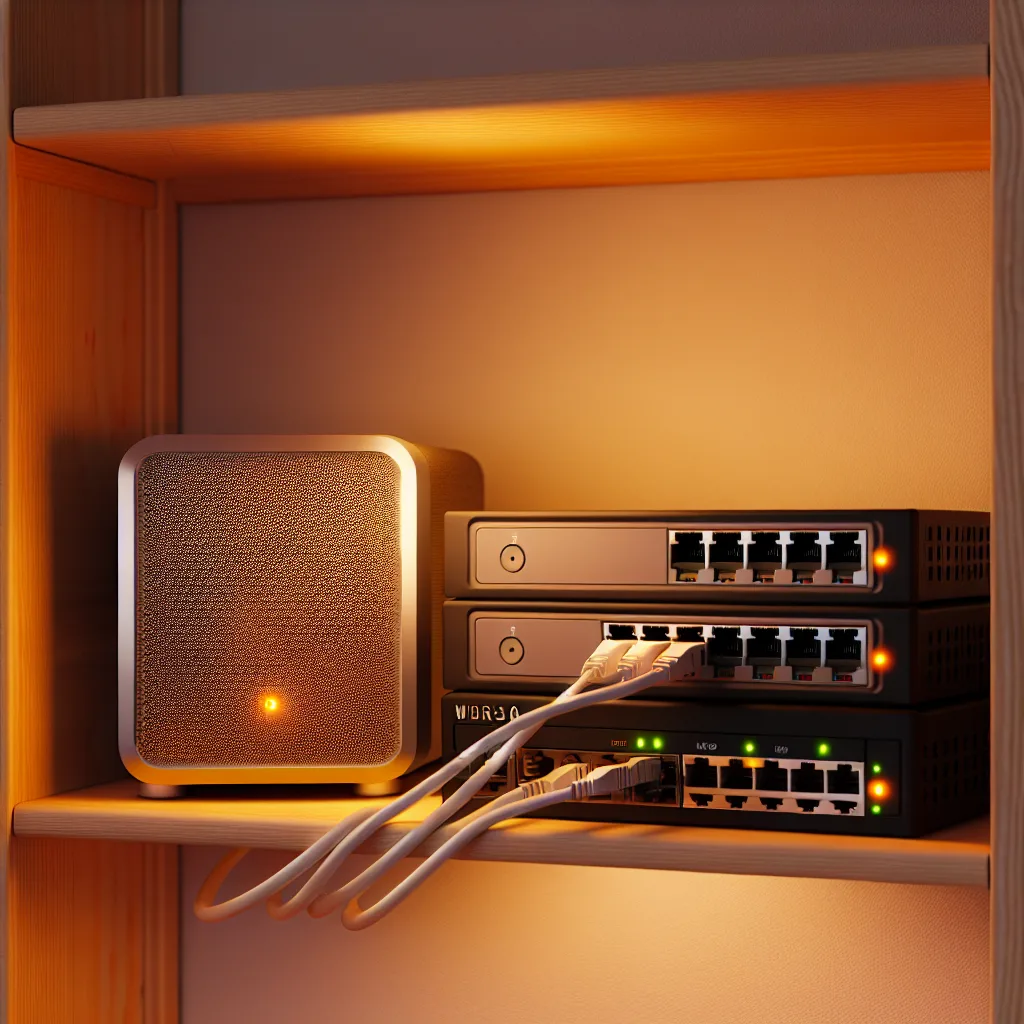You don’t need a perfect server rack to start learning. Here’s why embracing the mess is the best way to build your first beginner home lab.
You’ve seen them. The stunning, immaculate home server racks that pop up on social media. They’re beautiful, with perfectly managed cables, blinking rack-mounted servers, and a clean, professional aesthetic that’s hard not to admire. It’s easy to look at those and think, “I could never build that.” But I’m here to tell you a secret: you don’t have to. Your first beginner home lab doesn’t need a rack, a dedicated room, or a four-figure budget. It just needs to work.
Let’s be honest, the pressure to create a picture-perfect setup can be a huge barrier. You spend more time planning the rack than learning the software. You worry about the cost before you’ve even decided what services you want to run.
So, let’s embrace a different approach. The functional, sometimes messy, “it just works” method. It’s about starting small, using what you have, and focusing on the fun part: learning and experimenting.
The Case for a “Messy” Beginner Home Lab Setup
The whole point of a home lab is that it’s a lab. It’s a place for testing, tinkering, and occasionally, breaking things. It’s not a data center or a showroom. When you shift your focus from aesthetics to function, you free yourself up to actually get started.
What do you want to do with your lab?
* Run a media server like Plex or Jellyfin?
* Block ads on your entire network with Pi-hole?
* Host your own cloud storage with Nextcloud?
* Automate your home with Home Assistant?
You can do all of this with a single old computer sitting on a bookshelf. The success of your project isn’t measured by how clean your cables are; it’s measured by whether it works and you learned something along the way. A functional beginner home lab is infinitely better than a perfectly planned one that never gets built.
The Practical Perks of a Rackless Approach
Going rackless isn’t just about lowering your standards; it has real, tangible benefits, especially when you’re starting out.
- It’s Cheaper: Server racks can be expensive. So is the specialized rack-mounted equipment. You can start a lab for free with an old desktop or laptop you already own. Your “rack” can be an IKEA bookshelf, a corner of your desk, or a shelf in a closet.
- It’s Quieter: Let’s be real, enterprise-grade servers are LOUD. They’re designed for server rooms with dedicated cooling, not your home office or living room. By using consumer-grade hardware like a mini-PC or an old laptop, your lab can run silently in the background.
- It’s Flexible: Without a rack, your setup is modular. You can easily swap out a machine, move it to a different room, or add a new device without needing special tools or mounting hardware. It’s a simple, adaptable system that grows with you.
What Your First Beginner Home Lab Actually Needs
So, what hardware should you start with? It’s simpler than you think. You don’t need a powerful server. You just need a few key components.
- A Brain: This is the computer that will run your services. You have tons of options here, and you might already own one.
- An Old Laptop or Desktop: Don’t underestimate that old machine gathering dust. It’s more than powerful enough to run dozens of services.
- A Mini-PC: Devices like the Intel NUC, Beelink, or Minisforum PCs are tiny, power-efficient, and surprisingly powerful. They are a fantastic starting point.
- A Single-Board Computer: The Raspberry Pi is a famous example. It’s cheap, uses almost no power, and has a huge community for support. It’s perfect for running one or two simple services.
- Storage: You’ll need a place to store your media, files, and backups. An off-the-shelf Network Attached Storage (NAS) from a brand like Synology or QNAP is a great, user-friendly option. Or, you can just plug a couple of large USB external drives into your computer.
- Networking: You already have a router from your internet provider, and that’s enough to start. If you need more ports, a simple, unmanaged 5-port or 8-port switch costs less than a pizza. You can find great resources on basic home networking from trusted sites like Wirecutter.
Don’t let perfect be the enemy of good. The goal is to start, learn, and build from there. Your home lab journey begins the moment you install your first service, not when you buy your first server rack. So grab that old laptop, find a spare shelf, and start building something awesome today. The perfectly managed cables can wait.
